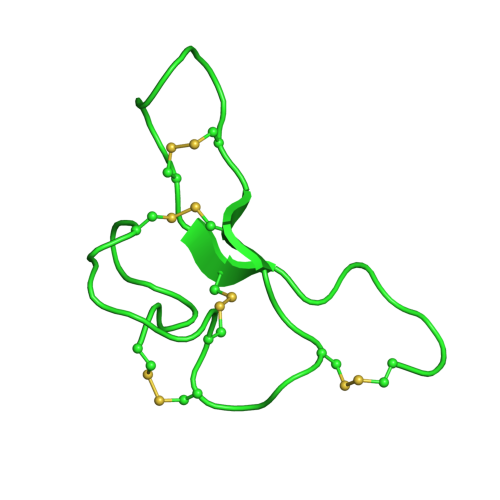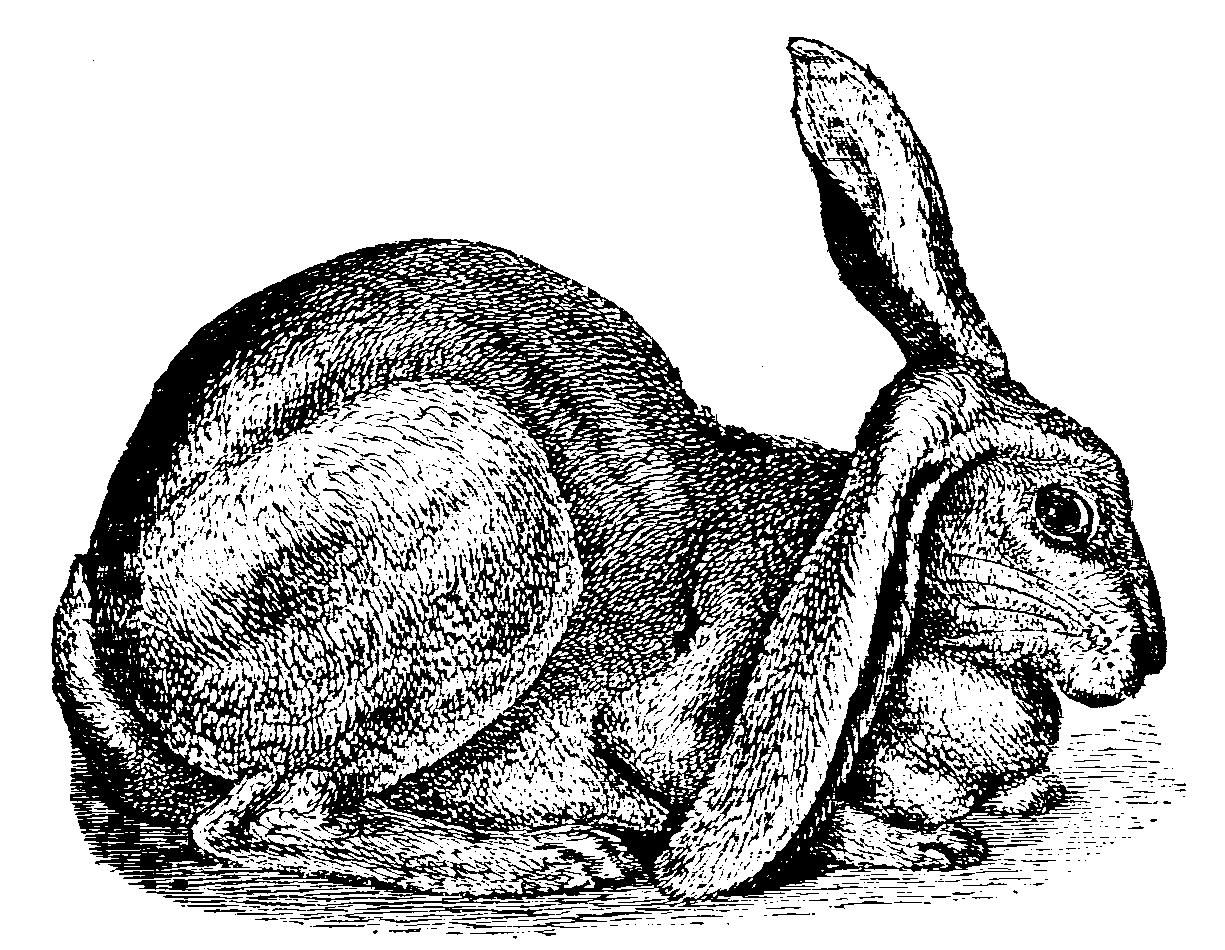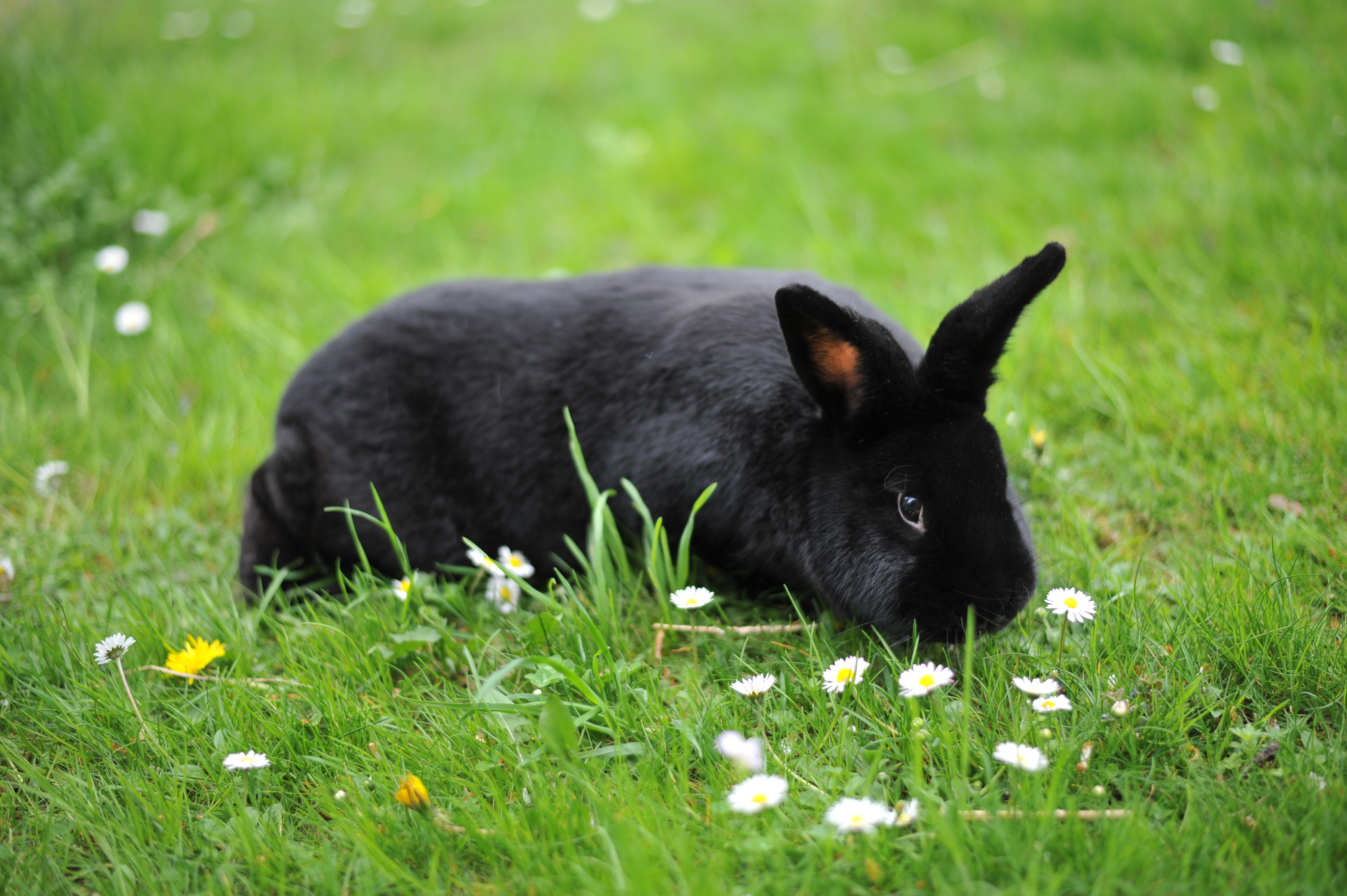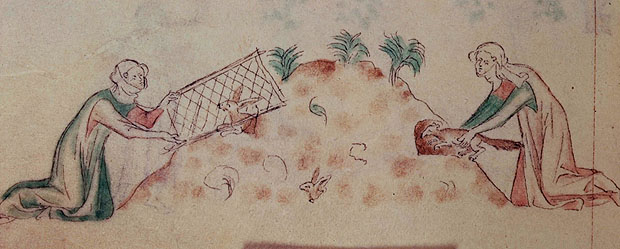|
Miniature Lop
Miniature Lop is a breed of domestic rabbit recognised by the British Rabbit Council (BRC). Confusion arises because, in the UK, the Miniature Lop is often commonly called (for short) the ''Mini Lop''. It is, however, a different breed from the '' Mini Lop'' that is recognized by the American Rabbit Breeders Association (ARBA). The BRC-recognized Miniature Lop is most similar to the ARBA-recognized Holland Lop. The Miniature Lop is also similar to several other small rabbit breeds. History The Miniature Lop in Britain is a relatively new rabbit breed, and it is descended from the first dwarf lops that were developed in the Netherlands during the 1970s. These are now called, in the US, the '' Holland Lop'', but in the Netherlands, they are known as the ''Miniature Lop''. A Dutch rabbit breeder, Adriann de Cock, is generally credited with developing in late 1949 the dwarf lop breeds, by crossing the French Lop (one of the largest of the lop breeds) with the tiny Netherland D ... [...More Info...] [...Related Items...] OR: [Wikipedia] [Google] [Baidu] |
Agouti Gene
Agouti-signaling protein is a protein that in humans is encoded by the ASIP gene. It is responsible for the distribution of melanin pigment in mammals. Agouti interacts with the melanocortin 1 receptor to determine whether the melanocyte (pigment cell) produces phaeomelanin (a red to yellow pigment), or eumelanin (a brown to black pigment). This interaction is responsible for making distinct light and dark bands in the hairs of animals such as the agouti, which the gene is named after. In other species such as horses, agouti signalling is responsible for determining which parts of the body will be red or black. Mice with wildtype agouti will be grey-brown, with each hair being partly yellow and partly black. Loss of function mutations in mice and other species cause black fur coloration, while mutations causing expression throughout the whole body in mice cause yellow fur and obesity. The agouti-signaling protein (ASIP) is a competitive antagonist with alpha-Melanocyte-stimulat ... [...More Info...] [...Related Items...] OR: [Wikipedia] [Google] [Baidu] |
Lop Rabbit
Lop rabbit or lop-eared rabbit refers to any rabbit with ears that droop, as opposed to being carried erect. A number of rabbit breeds (listed below) are characterized by such lop ears. Abnormalities in the skull of a half-lop rabbit were studied by Charles Darwin in 1868. Ear carriage The defining feature of the lop rabbit is its ear carriage. Unlike the erect ear of the majority of domestic rabbit breeds, lop breeds have ears loosely drooping, with the opening of the ear facing the skull. Due to the slightly-raised cartilaginous ear base, the head of many lop rabbits (with the exception of English Lops) has a small bulge, referred to as the ''crown''. The head of a typical lop rabbit is said to resemble that of a male sheep in profile, thus the German term for a lop rabbit ''(Widder,'' meaning ''Aries he ram'', the French term ''(bélier,'' meaning ''ram'') and the Italian term (''ariete'', from Latin ''aries''). A rabbit's ear, with its blood vessels close to the surface, ... [...More Info...] [...Related Items...] OR: [Wikipedia] [Google] [Baidu] |
List Of Rabbit Breeds
As of 2017, there were at least 305 breeds of the domestic rabbit in 70 countries around the world raised for in the Agriculture, agricultural practice of Selective breeding, breeding and raising domestic rabbits as livestock for their value in meat, fur, wool, education, Scientific method, scientific research, entertainment and companionship in cuniculture. A rabbit breed is a distinct strain created through selective breeding (or occasionally natural selection) for specific characteristics, including size, fur, body type, color, feed conversion ratio, et cetera. Organizations such as the American Rabbit Breeders Association (ARBA) and the British Rabbit Council (BRC) have standards for the desired qualities of their respective recognized breeds. Each rabbit breed is considered to benefit when a reputable breeder strives to emulate the perfect example for the breed, defined by the individual breed standard by which it may be judged. The global diversity of breeds reflects the brea ... [...More Info...] [...Related Items...] OR: [Wikipedia] [Google] [Baidu] |
Opal
Opal is a hydrated amorphous form of silicon dioxide, silica (SiO2·''n''H2O); its water content may range from 3% to 21% by weight, but is usually between 6% and 10%. Due to the amorphous (chemical) physical structure, it is classified as a mineraloid, unlike crystalline forms of silica, which are considered minerals. It is deposited at a relatively low temperature and may occur in the fissures of almost any kind of rock (geology), rock, being most commonly found with limonite, sandstone, rhyolite, marl, and basalt. The name ''opal'' is believed to be derived from the Sanskrit word (), which means 'jewel', and later the Greek derivative (). There are two broad classes of opal: precious and common. Precious opal displays play-of-color (iridescence); common opal does not. Play-of-color is defined as "a pseudo chromatic optical effect resulting in flashes of colored light from certain minerals, as they are turned in white light." The internal structure of precious opal cause ... [...More Info...] [...Related Items...] OR: [Wikipedia] [Google] [Baidu] |
Fawn
A deer (: deer) or true deer is a hoofed ruminant ungulate of the family (biology), family Cervidae (informally the deer family). Cervidae is divided into subfamilies Cervinae (which includes, among others, muntjac, elk (wapiti), red deer, and fallow deer) and Capreolinae (which includes, among others reindeer (caribou), white-tailed deer, roe deer, and moose). Male deer of almost all species (except the water deer), as well as female reindeer, grow and shed new antlers each year. These antlers are bony extensions of the skull and are often used for combat between males. The musk deer (Moschidae) of Asia and chevrotains (Chevrotain, Tragulidae) of tropical African and Asian forests are separate families that are also in the ruminant clade Ruminantia; they are not especially closely related to Cervidae. Deer appear in art from Paleolithic cave paintings onwards, and they have deer in mythology, played a role in mythology, religion, and literature throughout history, as well a ... [...More Info...] [...Related Items...] OR: [Wikipedia] [Google] [Baidu] |
Chinchilla
Chinchilla refers to either of two species ('' Chinchilla chinchilla'' and '' Chinchilla lanigera'') of crepuscular rodents of the parvorder Caviomorpha, and are native to the Andes mountains in South America. They live in colonies called "herds" at high elevations up to . Historically, chinchillas lived in an area that included parts of Bolivia, Peru and Chile, but today, colonies in the wild are known only in Chile. Along with their relatives, viscachas, they make up the family Chinchillidae. They are also related to the chinchilla rat. The chinchilla has the densest fur of all extant terrestrial mammals, with around 20,000 hairs per square centimeter and 50 hairs growing from each follicle. The chinchilla is named after the Chincha people of the Andes, who once wore its dense, velvet-like fur and ate their meat. By the end of the 19th century, chinchillas had become quite rare after being hunted for their notably soft fur. Most chinchillas currently used by the fur ind ... [...More Info...] [...Related Items...] OR: [Wikipedia] [Google] [Baidu] |
Butterfly
Butterflies are winged insects from the lepidopteran superfamily Papilionoidea, characterized by large, often brightly coloured wings that often fold together when at rest, and a conspicuous, fluttering flight. The oldest butterfly fossils have been dated to the Paleocene, about 56 million years ago, though molecular evidence suggests that they likely originated in the Cretaceous. Butterflies have a four-stage life cycle, and like other holometabolous insects they undergo complete metamorphosis. Winged adults lay eggs on the food plant on which their larvae, known as caterpillars, will feed. The caterpillars grow, sometimes very rapidly, and when fully developed, pupate in a chrysalis. When metamorphosis is complete, the pupal skin splits, the adult insect climbs out, expands its wings to dry, and flies off. Some butterflies, especially in the tropics, have several generations in a year, while others have a single generation, and a few in cold locations may take s ... [...More Info...] [...Related Items...] OR: [Wikipedia] [Google] [Baidu] |
Netherland Dwarf
The Netherland Dwarf is a breed of domestic rabbit that originated in the Netherlands. Weighing , the Netherland Dwarf is one of the smallest rabbit breeds. Its popularity as a pet or show rabbit may stem from its neotenic appearance. The Netherland Dwarf is recognised by both the American Rabbit Breeders Association (ARBA) and the British Rabbit Council (BRC). The Netherland Dwarf is often confused with the Polish breed of rabbit, but the latter has longer ears, a non-brachycephalic head and less cobbiness. There are also different groups within the breed, such as: true dwarfs, false dwarfs and a group with a nickname "Peanuts". True dwarfs have one allele for dwarfism out of the two which makes it smaller than a false dwarf, true dwarfs are the ideal Netherland dwarf. False dwarfs have zero alleles for dwarfism out of the two which makes them larger than usual. Peanuts have two alleles for dwarfism ( which can only happen if you breed two true dwarfs together) this causes the r ... [...More Info...] [...Related Items...] OR: [Wikipedia] [Google] [Baidu] |
Domestic Rabbit
The domestic rabbit (''Oryctolagus cuniculus domesticus'') is the domestication, domesticated form of the European rabbit, a member of the lagomorph order. A male rabbit is known as a ''buck,'' a female as a ''doe,'' and a young rabbit as a ''kit''. There are hundreds of List of rabbit breeds, rabbit breeds, originating from all over the world. Rabbits were first domesticated and used for their Rabbit#As food and clothing, food and fur by Ancient Rome, the Romans. Rabbits may be housed inside, but the idea of the domestic rabbit as a house companion, a so-called ''house rabbit'' (similar to a house cat), was only strongly promoted starting with publications in the 1980s. Rabbits can be trained to use a litter box and taught to Animal training, come when called, but they require exercise and can damage a house or injure themselves if it has not been suitably prepared, based on their innate need to chew. Accidental interactions between pet rabbits and wild rabbits, while seemingly ... [...More Info...] [...Related Items...] OR: [Wikipedia] [Google] [Baidu] |
French Lop
The French Lop is a breed of domestic rabbit developed in France in the 19th century from the selective breeding of English Lop and Flemish Giant stock. The French Lop resembles the English Lop, but the French Lop is heavier in stature and does not have the exaggerated ear length of the English Lop. Weighing approximately 4.98 kg to 5.21 kg, it has an average lifespan of five years or more. The French Lop is currently recognized by the American Rabbit Breeders Association (ARBA) and by the British Rabbit Council (BRC). History The French Lop was first bred as a meat rabbit, beginning around 1850 in France. It is believed to have been produced by crossing two existing breeds, the English Lop and the Giant Papillon ("géant papillon français" or "Butterfly Rabbit of France"). The new breed became popular in neighbouring countries including the Netherlands, from which ten specimens were exported in 1933 to the UK for exhibition there. By the 1960s, the French Lop had b ... [...More Info...] [...Related Items...] OR: [Wikipedia] [Google] [Baidu] |
Netherlands
, Terminology of the Low Countries, informally Holland, is a country in Northwestern Europe, with Caribbean Netherlands, overseas territories in the Caribbean. It is the largest of the four constituent countries of the Kingdom of the Netherlands. The Netherlands consists of Provinces of the Netherlands, twelve provinces; it borders Germany to the east and Belgium to the south, with a North Sea coastline to the north and west. It shares Maritime boundary, maritime borders with the United Kingdom, Germany, and Belgium. The official language is Dutch language, Dutch, with West Frisian language, West Frisian as a secondary official language in the province of Friesland. Dutch, English_language, English, and Papiamento are official in the Caribbean Netherlands, Caribbean territories. The people who are from the Netherlands is often referred to as Dutch people, Dutch Ethnicity, Ethnicity group, not to be confused by the language. ''Netherlands'' literally means "lower countries" i ... [...More Info...] [...Related Items...] OR: [Wikipedia] [Google] [Baidu] |








